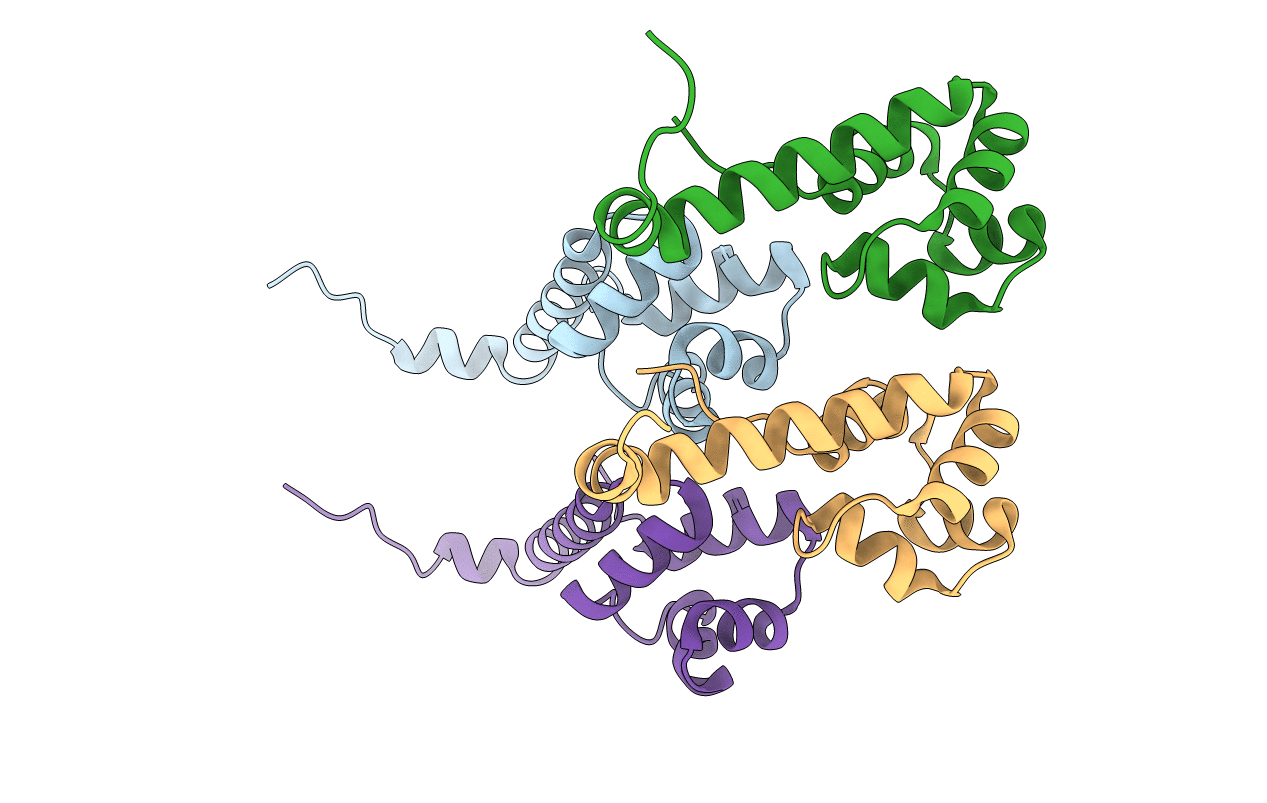
Deposition Date
2017-12-13
Release Date
2019-01-30
Last Version Date
2024-05-08
Method Details:
Experimental Method:
Resolution:
2.00 Å
R-Value Free:
0.22
R-Value Work:
0.19
R-Value Observed:
0.19
Space Group:
P 1 21 1


